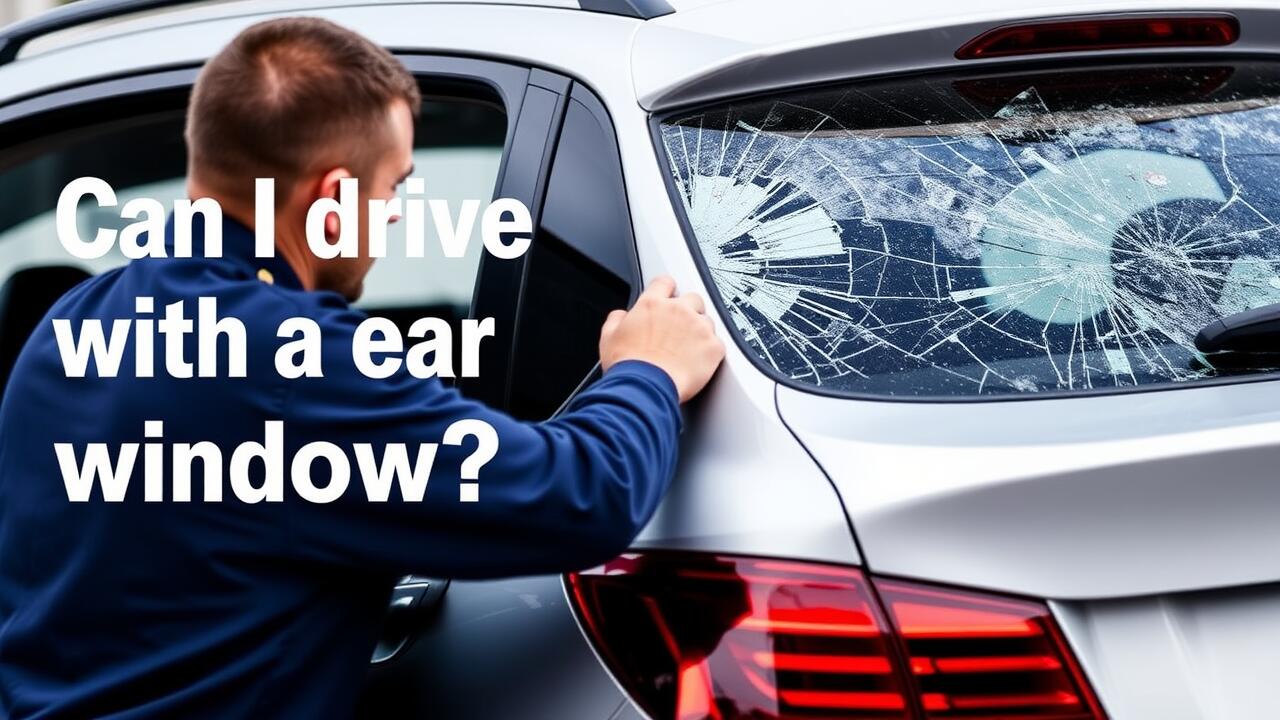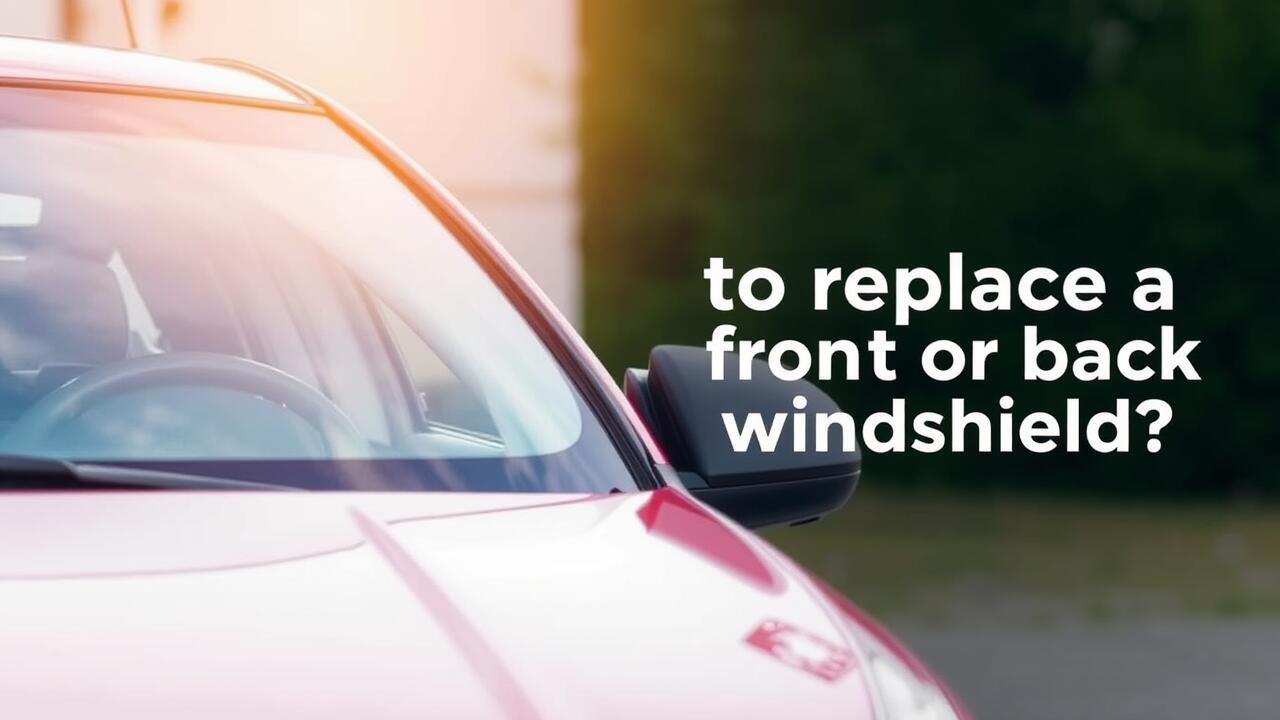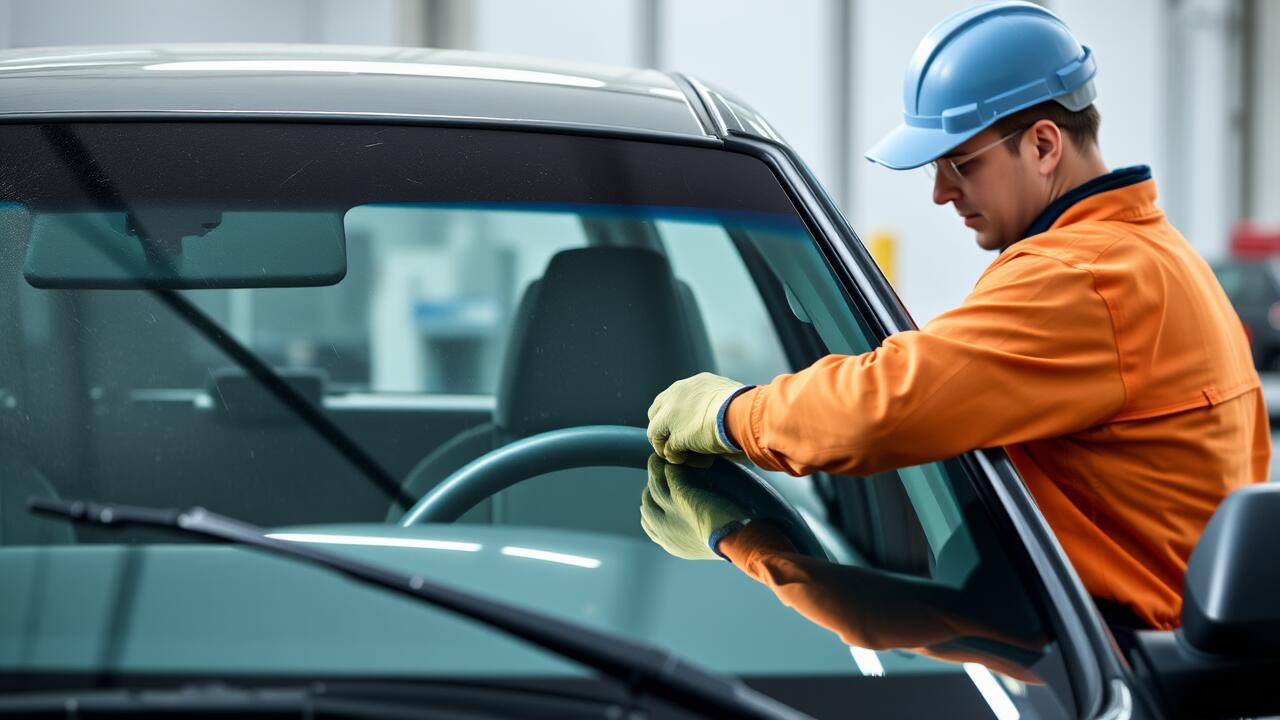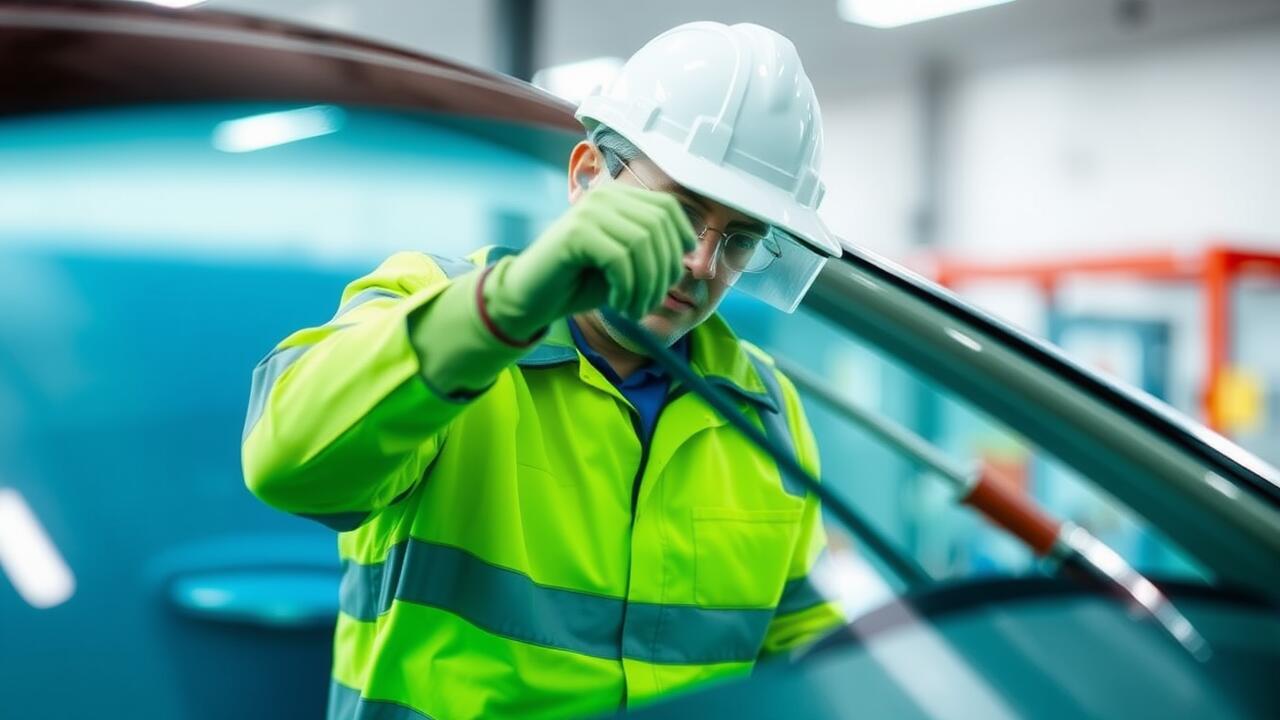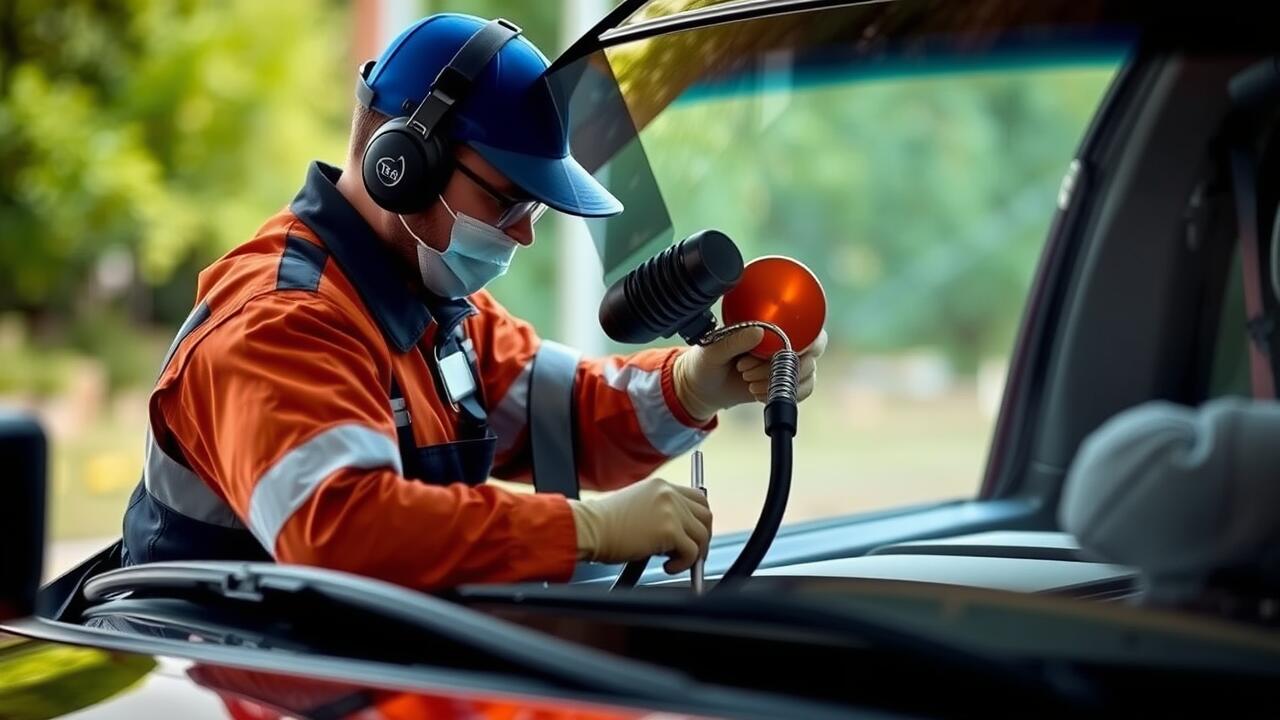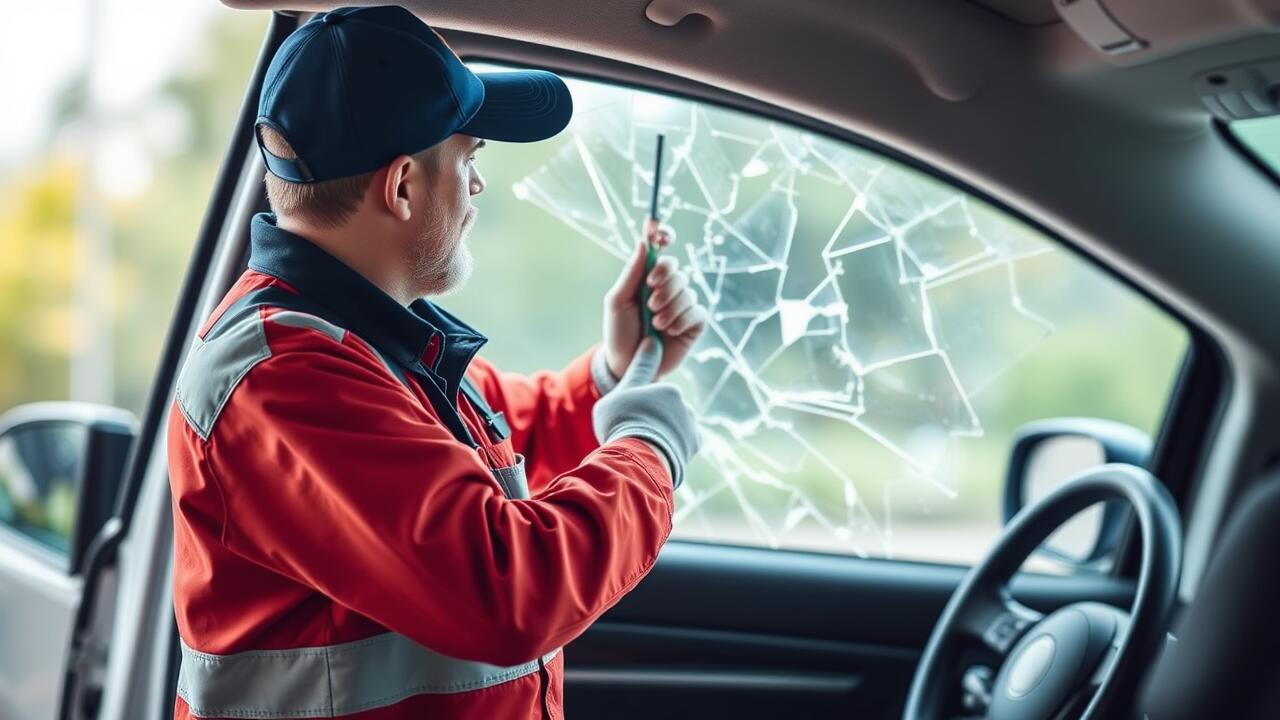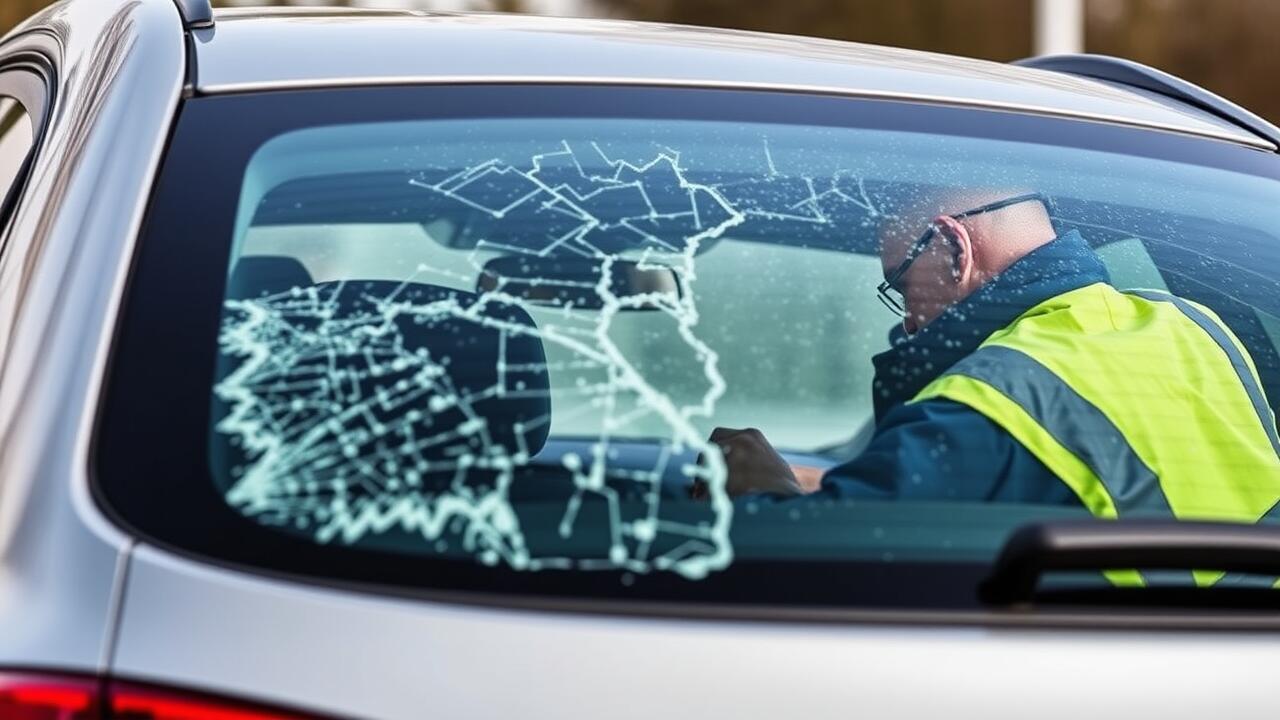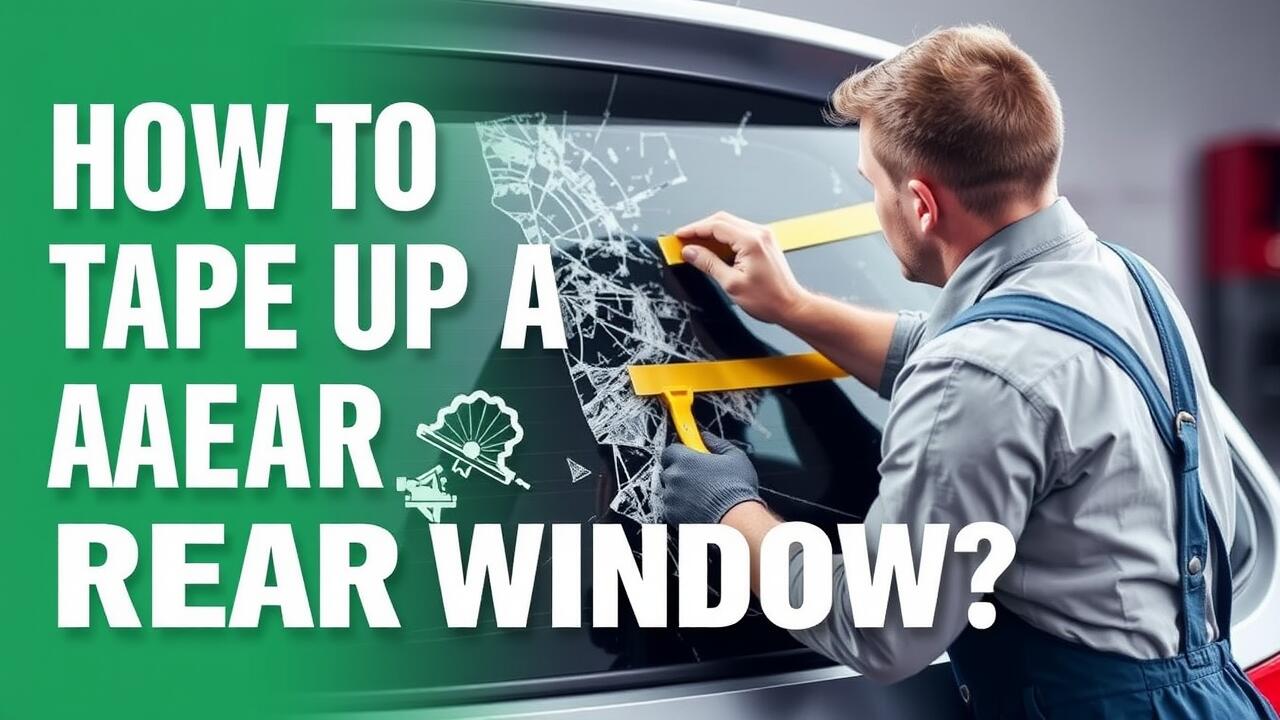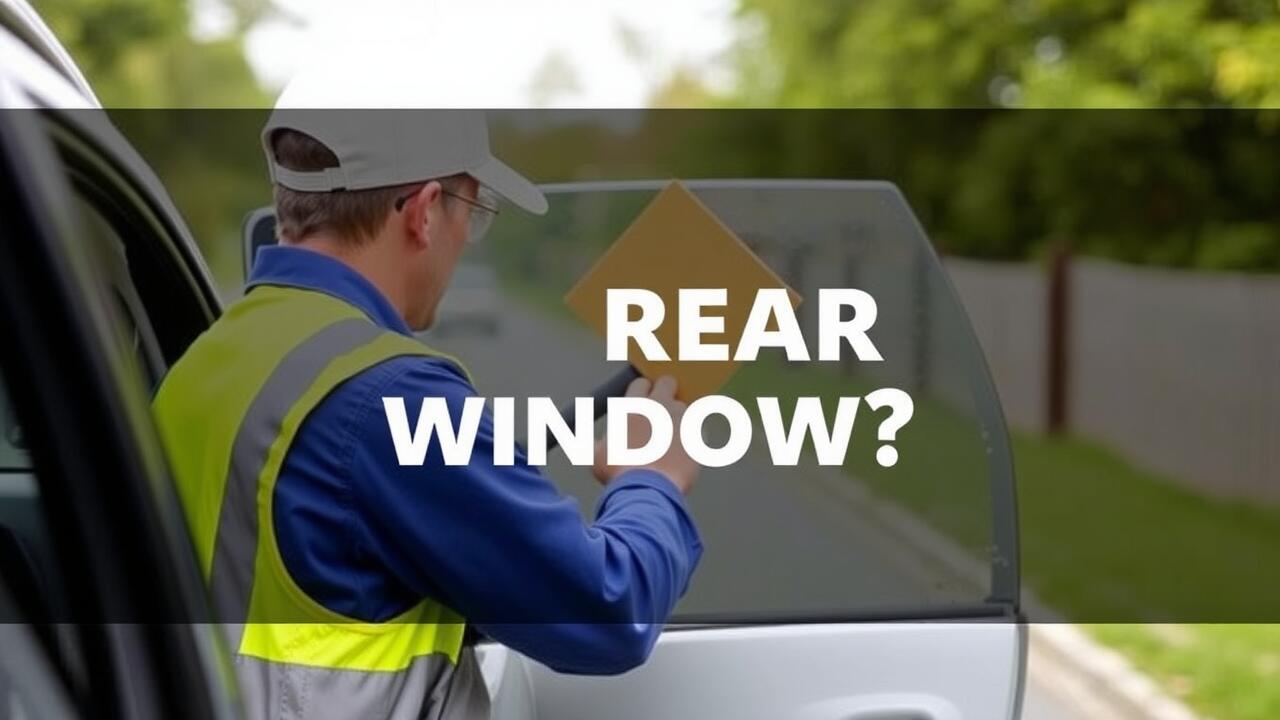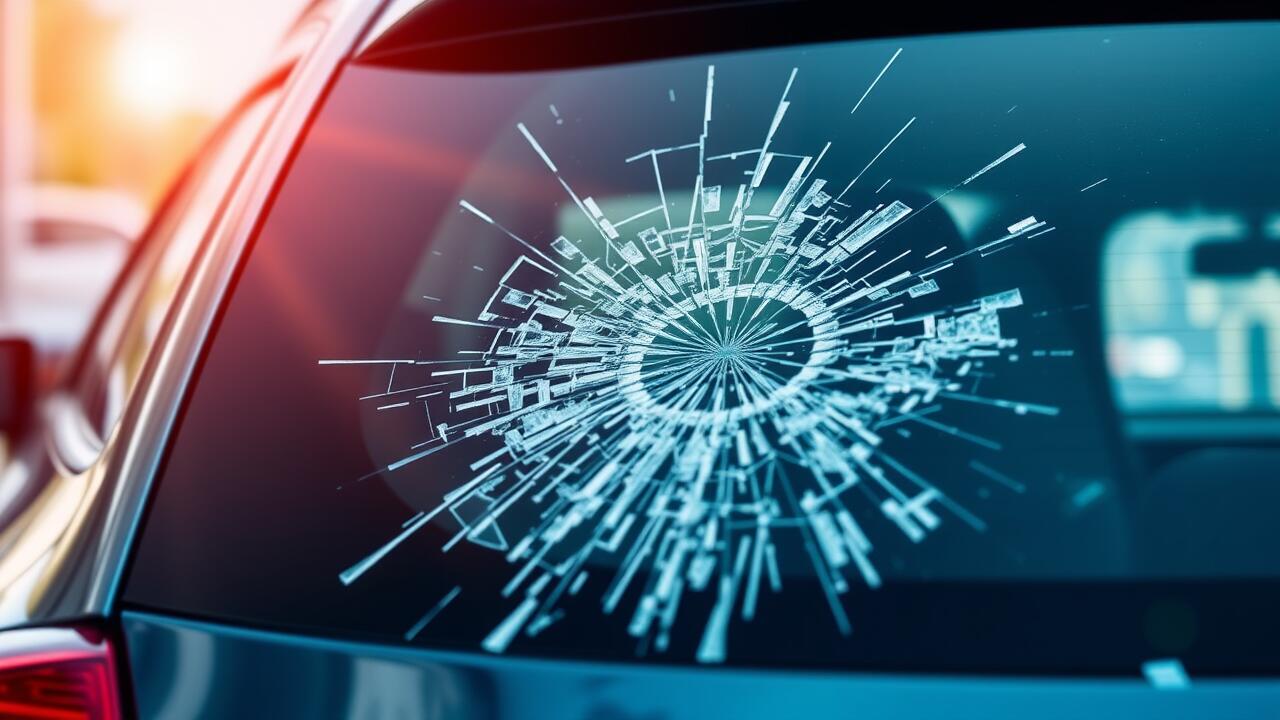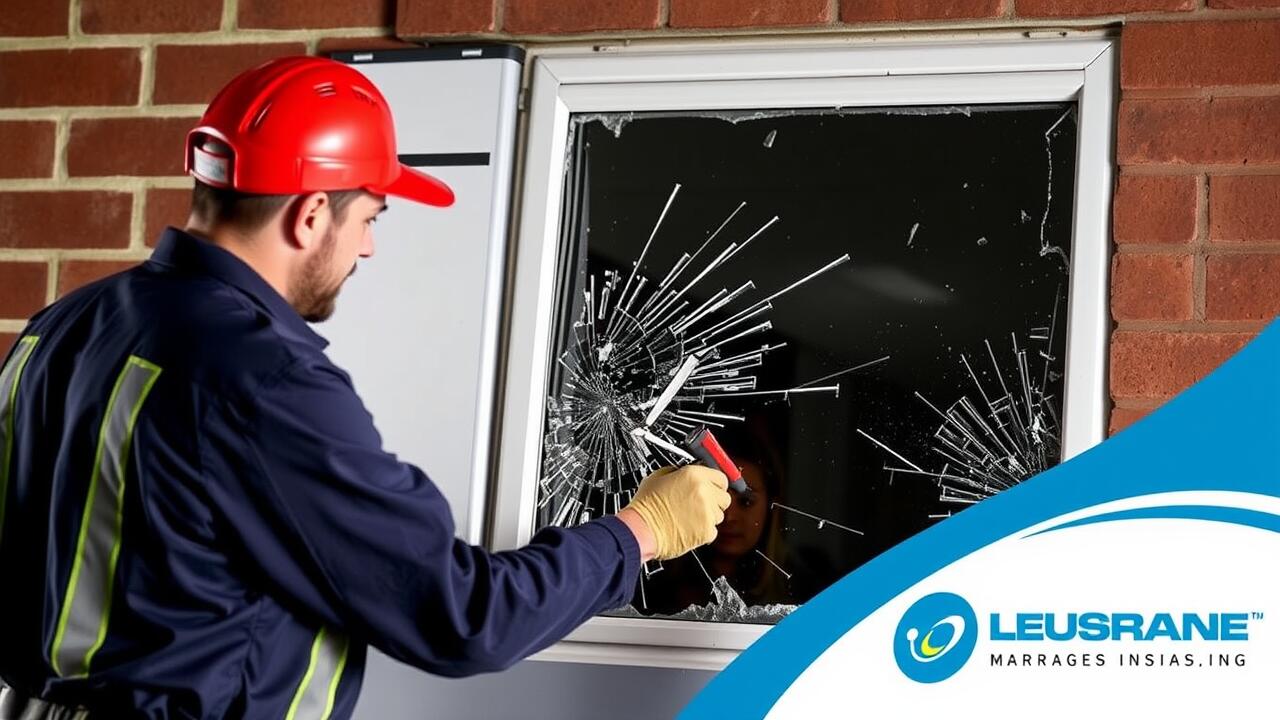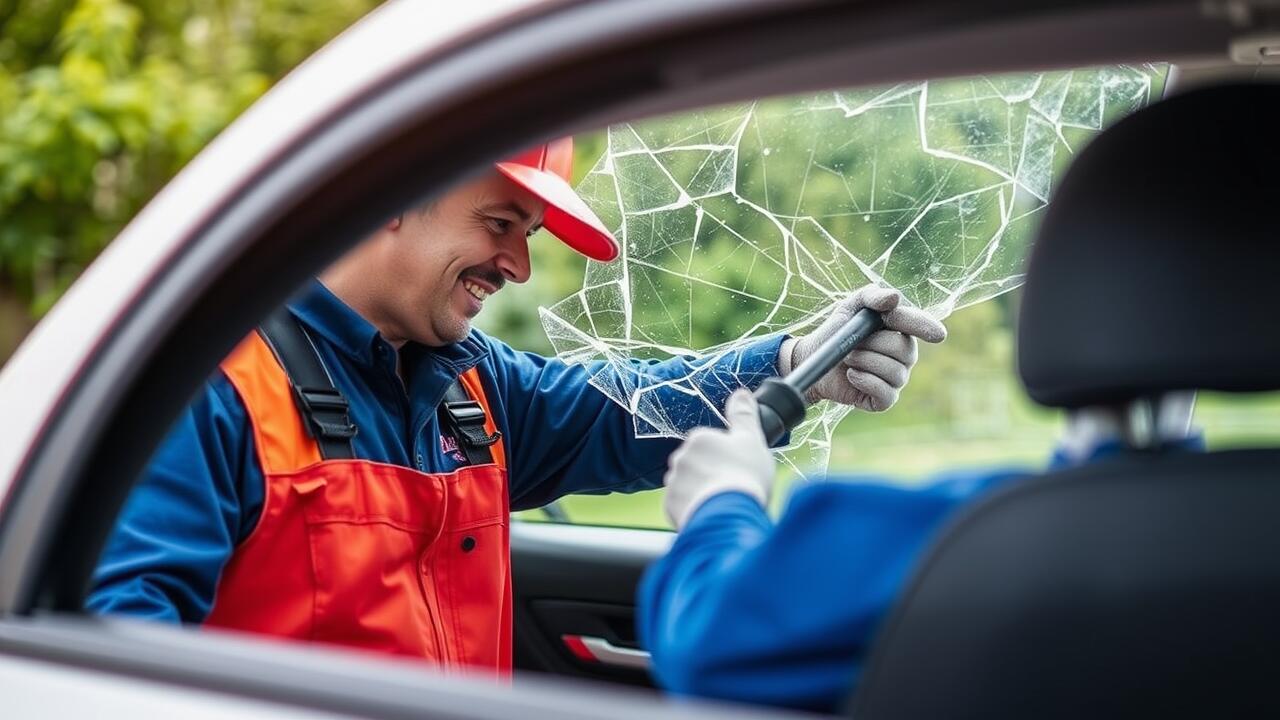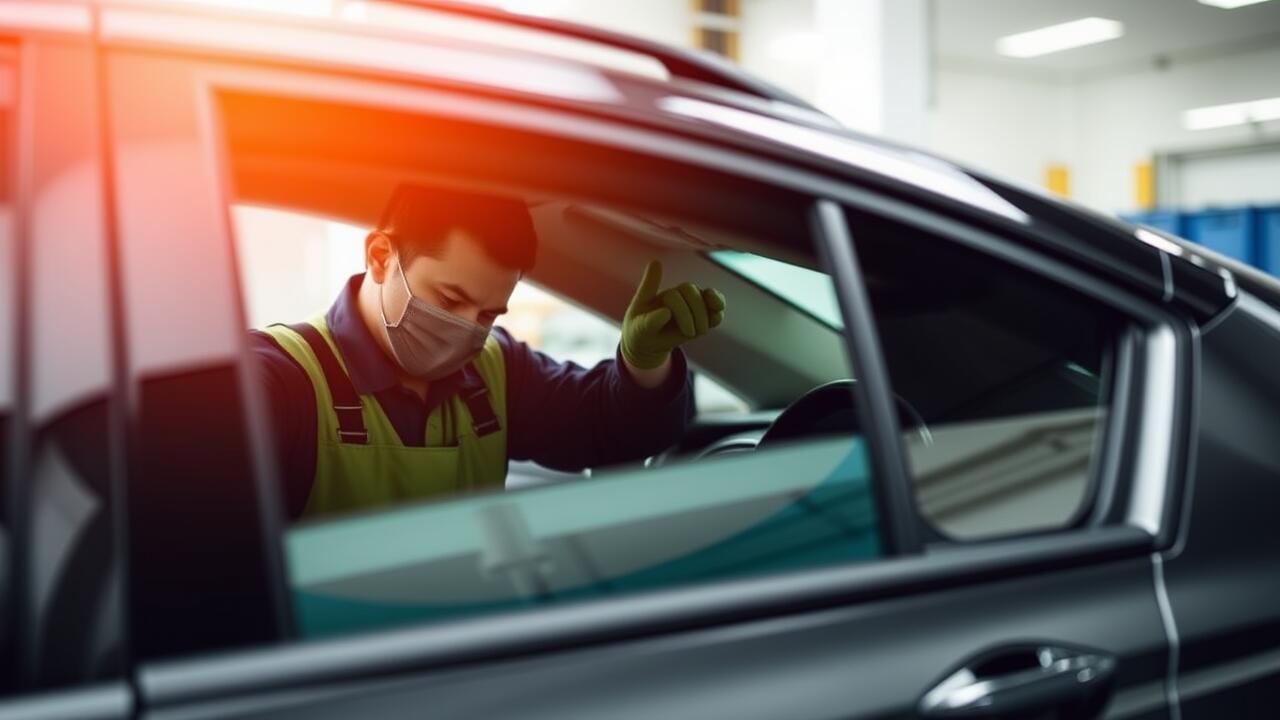
Table Of Contents
Variations in Car Window Design
Car window design has evolved significantly over the years, reflecting changes in both style and functionality. One notable feature is the small window located at the back of vehicles, often referred to as a quarter window or vent window. These windows can vary in size and shape depending on the overall design of the car, with some models showcasing a sleek, integrated look while others have a more traditional, distinct appearance. The placement and design of these windows not only contribute to the aesthetics of the vehicle but also play a role in passenger comfort and visibility.
When it comes to maintenance, options for rear window replacement have become more accessible. Many car owners may not realise that these small windows can be damaged or cracked just like larger ones, necessitating professional repair or replacement. The materials used in constructing these windows can differ, with some made from tempered glass while others might use laminated glass for added safety. Understanding the variations in window design and the options available for replacement is crucial for preserving the integrity and appearance of the vehicle.
Differences Across Vehicle Types
The small window at the back of a car, often referred to as the quarter window or rear side window, varies significantly across different vehicle types. In sedans, these windows are generally designed to blend seamlessly with the overall silhouette, maintaining an aerodynamic profile. Coupes and sports cars may feature more stylistic angles and shapes, contributing to a dynamic appearance. On the other hand, SUVs and hatchbacks often have larger rear windows, enhancing visibility and lending a more open feeling to the interior space.
When it comes to replacement options, the approach can differ based on the vehicle design. For instance, the rear window replacement in a sedan may require a different method and materials compared to that of an SUV. The curvature and size of these windows influence the choice of glass and adhesives used. Additionally, some vehicles may incorporate more advanced features, such as defrosters or integrated privacy glass, which need to be accounted for during replacement or repair to ensure the components function correctly.
Impact on Vehicle Aerodynamics
The design and placement of windows in a vehicle play a crucial role in aerodynamics. Small windows, such as those found at the back of a car, can significantly influence airflow around the vehicle, affecting both drag and stability. A well-designed rear window facilitates a smooth flow of air, which helps improve fuel efficiency and overall performance. However, if the rear window has an awkward shape or improper alignment, it can create turbulence, resulting in increased resistance against the vehicle.
When considering Rear Window Replacement, it's important to assess how the new window's design will affect the car's aerodynamics. The shape and angle of the window can either enhance or disrupt the aerodynamic profile. An optimal design can lead to better handling and efficiency, while any discrepancies could detract from these benefits. Ensuring that any replacement part closely matches the original specifications is essential for maintaining the vehicle's designed aerodynamic characteristics.
How Window Shape Affects Performance
The shape and orientation of a car's rear window can significantly influence its overall aerodynamics. A sloped or curved design generally allows air to flow more smoothly over the vehicle's surface, reducing drag. This streamlined effect can enhance fuel efficiency and improve vehicle performance, particularly at higher speeds. Car manufacturers often optimise these features during the design process to meet both aesthetic and functional standards.
In the event of damage, rear window replacement is crucial for maintaining not just the car's appearance but also its aerodynamic integrity. An improperly fitted or incorrectly shaped replacement window can disrupt airflow, leading to increased resistance. This impact extends beyond performance, affecting handling and stability, highlighting the importance of using high-quality materials and professional installation during the replacement process.
Replacement and Repair
When it comes to maintaining the integrity of a vehicle, the small window at the back, often referred to as the rear window, plays a crucial role. Damage to this component can occur due to accidents, weather conditions, or wear and tear. When repair is not feasible, rear window replacement becomes necessary. Drivers should seek professional services to ensure that the new window is properly fitted and sealed, preventing issues like leaks or wind noise.
Choosing the right materials for rear window replacement is essential. Many modern vehicles use tempered glass, which offers enhanced durability and safety features. It is important to consider the quality of the replacement glass, as well as the expertise of the technician conducting the installation. This helps maintain the vehicle's performance and aesthetic appeal. Regular checks can prevent the need for frequent replacements and contribute to the longevity of the car's components.
What to Consider When Repairing a Small Window
When considering the repair of a small window in a vehicle, such as the rear window, it is essential to assess the extent of damage first. Small chips or cracks may be repairable, while larger fractures could necessitate a complete replacement. Inspecting for any potential risks associated with repair is crucial, especially regarding visibility and safety. If the damage impairs clear sightlines or endangers the structural integrity of the window, opting for rear window replacement is often the most prudent choice.
The cost implications of repairing versus replacing a small window should also be evaluated. Some repairs can be completed at a lower expense, though they may not always offer the same longevity or durability as a full replacement. Seeking professional advice can help determine the best route forward, ensuring that safety standards are met. Keeping in mind the specifications of the vehicle and the materials used in window construction will aid in making an informed decision on whether to proceed with a repair or a rear window replacement.
FAQS
What is the small window at the back of a car commonly called?
The small window at the back of a car is commonly referred to as the "quarter window."
Are quarter windows the same across all types of vehicles?
No, quarter windows can vary in design and size depending on the type of vehicle, with differences often seen between sedans, SUVs, and hatchbacks.
How do quarter windows affect vehicle aerodynamics?
Quarter windows can influence the aerodynamics of a vehicle by affecting airflow and drag, which can impact overall performance and fuel efficiency.
What should I consider when repairing a quarter window?
When repairing a quarter window, consider factors such as the type of damage, the age of the vehicle, availability of replacement parts, and whether professional help is needed.
Can I replace a quarter window myself?
While it's possible to replace a quarter window yourself if you have the right tools and experience, it may be best to consult a professional to ensure proper installation and avoid further damage.

